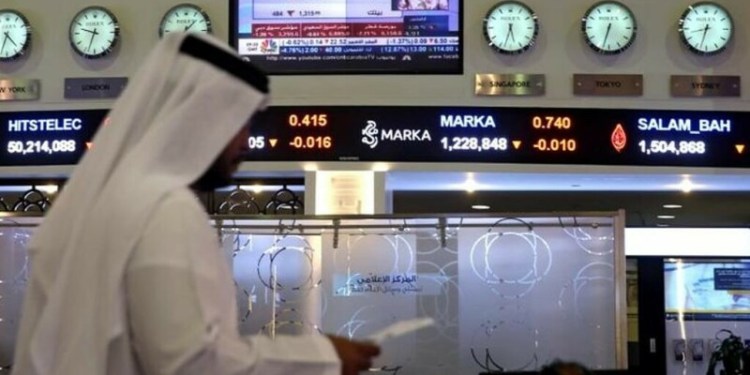By Karolin Schaps and Ron Bousso
LONDON (Reuters) – The world’s top oil companies are set to report their worst quarterly results yet in the current downturn but a recent recovery in crude prices is raising hopes the market has bottomed out.
An ever intensifying oil supply glut took global prices to a near 13-year low of $ 27.10 a barrel on Jan. 20, exacerbating pressure on oil producers already grappling with a more than 70 percent slide in prices since mid-2014.
“The 1Q16 reporting period looks set to be even worse than what we thought was already an especially ugly 4Q15,” said Jason Gammel, equity analyst at Jefferies.
Oil companies have slashed spending budgets by more than 25 percent since 2014, scrapped dozens of multi-billion dollar projects, slashed tens of thousands of jobs and reduced costs by at least 20 percent in the face of the price slump.
Some companies, such as Royal Dutch Shell (RDSa.L), might need to go further. Shell completed its $ 50 billion acquisition of BG Group in February, but might need to cut deeper in order to maintain its dividend and finance the deal.
Britain’s BP (BP.L) will be the first of the “oil majors” to report results on Tuesday. It recorded its worst-ever annual loss in 2015 while Shell posted its lowest annual income in over a decade, setting the scene for a poor start to 2016.
A stunning 60 percent rally in oil prices from their January low, however, has given strong tailwind to energy shares as investors are willing to look past the near-term pain.
“We’re seeing money flowing into the energy space and early money has gone into the lower-risk names among oil majors,” said Anish Kapadia, analyst at Tudor, Pickering, Holt and Co.
“There is still a lot of money sitting on the sidelines that will get into the sector once things get more bullish.”
The price/earnings ratio (PE) of oil majors, including U.S. heavyweights ExxonMobil (XOM.N) and Chevron (CVX.N), has risen on a 12-month forward basis across the board since mid-February, suggesting investors expect stronger growth ahead.
They will be scrutinising companies’ plans to return to growth after cutting so deep into future projects and production, said Kapadia.
“It is still a challenging sector. The oil price improvement will clearly help things, but if anything it highlights the problems of how companies have cut back on capex dramatically and are not investing in new projects,” Kapadia said.
DIVIDENDS
Profits from refining and trading, or downstream business, which were a huge help in counterbalancing some of the oil production losses over the past 18 months, are also set to be weak in the first quarter.
BP’s global refining margin benchmark declined in the first quarter to $ 10.5 a barrel, from $ 15.26 a barrel a year earlier and $ 13.2 a barrel in the fourth quarter of 2015.
Brent prices averaged $ 35.2 a barrel in the first quarter, 36 percent lower than a year earlier.
Investors will also be seeking reassurance that dividend payments will be maintained, a key factor making Big Oil attractive. So far only Italy’s Eni (ENI.MI) and Spain’s Repsol (REP.MC) have cut dividends in the current downturn.
BP struck a cautious tone on dividends this month, though, saying it aimed to maintain payments but could review the payout policy if oil prices remained lower for much longer.
GRAPHICS: http://tmsnrt.rs/1RG5hbI
http://reut.rs/1P5Ipje
http://reut.rs/23NPoaO
(Editing by Susan Fenton)



























